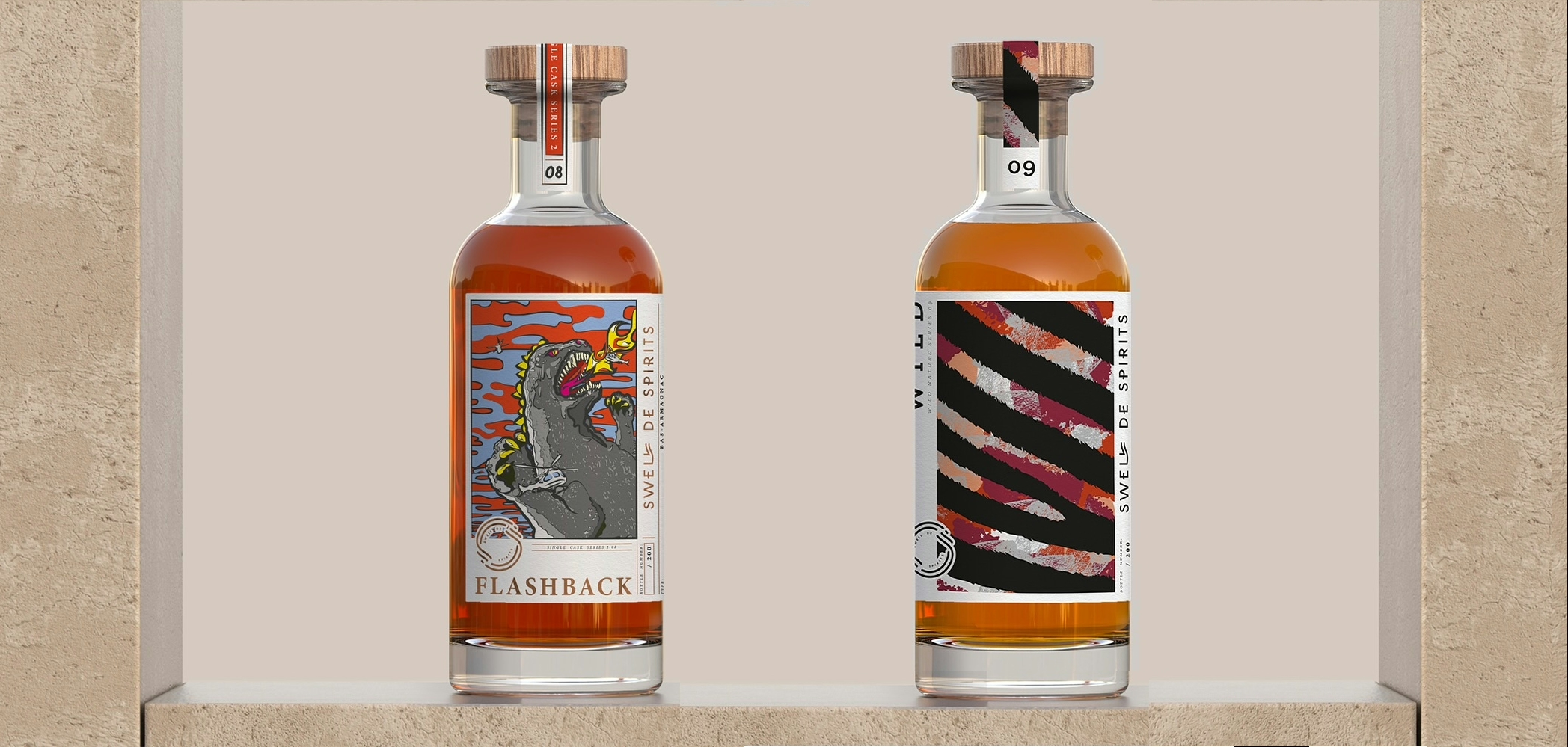Wait, what? Armagnac? You’re doing brandy now? Ain’t this a whisky blog? You might ask me those questions and you would be right to do so. I have been wanting to cover a few malternatives on More Drams Less Drama for a few months now, but I hadn’t take the plunge yet. So why now? Well, as I have been saying since the start of the month and of my advent calendar, this year I am having a whisky and malternative advent calendar. And finally, the fifth dram of the calendar is not a whisky, but an Armagnac. So no whisky today, but the review of the Darroze Bas-Armagnac Les Grands Assemblages 30-year-old. Do keep in mind that I’m more of a whisky drinker, and though you’ll see a few cognacs in the coming weeks and months, as well as a few armagnacs and maybe (certainly) other spirits, these are the views and feelings of a whisky drinker, with a seriously lacking experience in other spirits.
Armagnac In A Nutshell
We’re keeping it short for now as those daily reviews do not let me time to do a proper piece about this, but what’s Armagnac?
Armagnac is a wine eau-de-vie. The wine is made from grapes that came from the Armagnac region, at the south of Bordeaux. Several types of grapes can be used, but it’s mostly Ugni Blanc, but some other varieties quite common are back and Folle blanche. Armagnac is distilled in a short column still, though a double distillation in pot stills is allowed (but very rare). The column still in Armagnac production is quite short, with very few plates, so the rectification is quite low, giving a lot of character to the spirit. The maturation is a bit different from whisky as it can be 3 months in an inert container (usually stainless steel) for what’s called ‘Blanche’, but mostly it’s at least a year in oak casks.

Like cognac, you might have seen the mentions VS, VSOP or XO. VS (Very Special) means the spirit spent at least one year in oak casks. VSOP (Very Superior Old Pale) means it matured for a minimum of four years. XO (eXtra Old) meant for a long time a maturation of six years or more, but it was raised to ten years since April 2018. You can also see ‘Hors d’âge’ (old age) was already ten years and stayed the same. Finally, vintages (‘millésime’) mean the grapes used were harvested that year. Yes, here it’s when the grapes were harvested and not when the spirit was distilled. It must also be at least ten years of age.
The Armagnac region is subdivided in different crus (let’s say terroirs to simplify), and the most famous (and usually better) ones are Bas-Armagnac and Tenarèze.
Darroze Les Grands Assemblages 30-Year-Old Review
Darroze is a famous Armagnac house, founded in the 1960s by François Darroze. They don’t produce Armagnac themselves, but instead buy from 30 or 40 producers, and blend them in order to make their expressions. This 30-year-old from Les Grands Assemblages range (meaning The Great Blends) is a blend of different producers, years and styles in order to get the complexity and the complementarity they’re looking for. However, all of these producers used grapes harvested from the Bas-Armagnac region. It also helps attain regularity in balance and taste over time. This Armagnac is bottled at 43% ABV. Its colour is natural, and they didn’t add tannins nor sugar. Still available, and you can even find it for less than €100. No, I didn’t forget a digit. In the UK, expect to pay about £110, it’s easy to find as well.

Colour:
Old oak, with a beautiful copper hue. Large beads form on the crown, changing to fast descending fat legs.
Nose:
Quite intense! Dried figs immediately jump to the nose, with oriental pastries dripping of honey and crushed pistachios. Other dried fruits bring a nice thick sweetness with raisins and apricots. Lots of rancio as well, and cake stuffed with candied fruits.
Palate:
Thick and slightly dry arrival on dark cherries and fresh orange juice. There is a surprising soft sourness, underlining dried figs, crushed mint leaves and mead. It doesn’t feel thin despite the low ABV. Maybe a bit of triple sec? Some wood obviously, but contained.
Finish:
Yes, feels like a bit of triple sec with those lingering rancio notes. Long finish, with a bit of leather.
Comments
This was quite overdue but here it comes, our first non-whisky review. Now starting a new category (and more are coming) is not an easy thing, as we need to construct reference points and now how to rate those on a scale. First, I’ll insist on the liquid itself and what it brings. It’s complex both on the nose and the palate, with elegance and richness. I like that it was not overtaken by wood, and that it kept some freshness. Now for me Armagnac is less easy to drink at any time of the day than whisky (yeah, yeah, not too early in the morning), and I’m tempted to rate it on the same scale than whisky, compared to whisky. But let’s try to keep things separated, and just take into account its nose, palate, finish, complexity, mouthfeel and all. And let’s give it a nice score, because it was very good.

